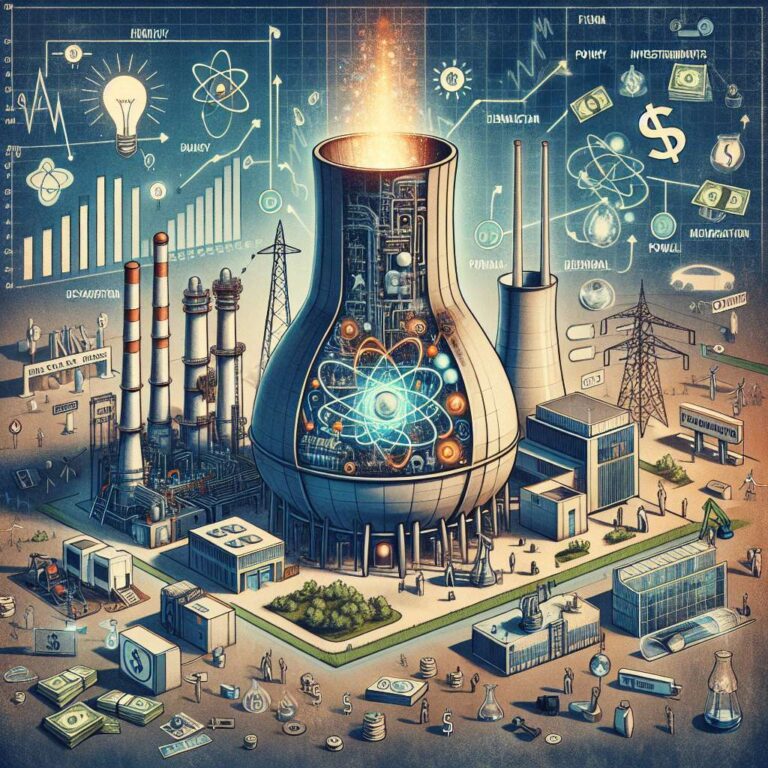Commonwealth Fusion Systems announced another customer for its first commercial fusion power plant in Virginia, with Eni signing a billion-dollar deal to buy electricity from the facility. One small detail is that the reactor does not exist yet, nor does the smaller demonstration tokamak the company plans to build first. It reflects a strange moment for fusion, as investors pour billions into the field and companies ink major power agreements before any reactor has generated electricity. The influx of money may accelerate progress, but it also risks setting unrealistic expectations.
The excitement was fueled nearly three years ago when the National Ignition Facility at Lawrence Livermore National Laboratory achieved a milestone: a brief experiment where a fuel pellet heated to 100 million degrees Celsius produced more energy than the lasers delivered. While that result shifted the tone around fusion, it did not make the technology commercially ready. The NIF setup used extraordinary energy, was highly complex, and lasted only a fraction of a second. Turning fusion into a practical power source requires achieving net energy continuously and economically.
Private efforts are advancing, though none has crossed the finish line. Commonwealth has built and tested high-temperature superconducting magnets and published research on the work. Zap Energy demonstrated three hours of continuous operation in a test system, a milestone validated by the US Department of Energy. Helion started construction of its power plant in Washington in July, and there is also a publicly funded fusion push in China. Still, as Berkeley nuclear engineering professor Ed Morse put it, “They do not have a reactor,” a reality that extends beyond Commonwealth.
Despite that, capital keeps flowing. Commonwealth raised funding earlier this year and now has two large customers lined up to buy electricity from its future plant. According to Adam Stein of the Breakthrough Institute, such deals can be mutually beneficial: they help developers secure the financing needed to build, while buyers like Eni, which also invests in Commonwealth, may ultimately see lower electricity prices if capital costs improve.
Political momentum is building too. US Energy Secretary Chris Wright has touted fusion’s prospects, telling the BBC it will soon power the world. Yet despite eye-catching financial milestones, the industry remains under development. At the same time, the Trump administration is cutting support for wind and solar and spreading disinformation about their performance. Meeting rising electricity demand and cutting power sector emissions will require a mix of technologies, and placing outsized bets on unproven fusion risks distracting from solutions that already work.

